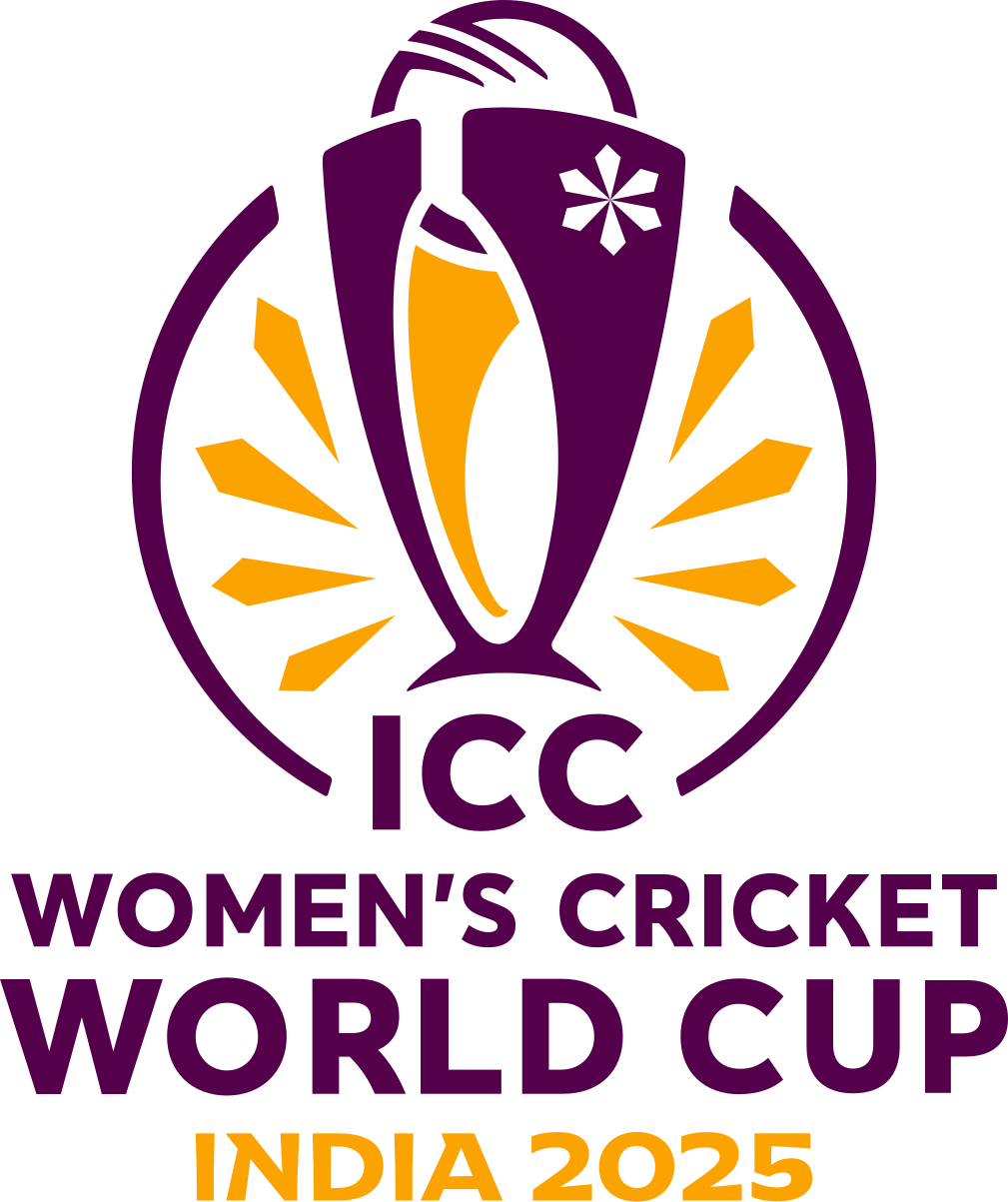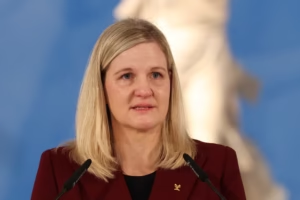“Women’s Cricket World Cup 2025: The Rise of a New Era in Global Cricket”

The year 2025 is not just another chapter in women’s cricket; it is arguably the most consequential year yet. The ICC Women’s Cricket World Cup is set to dominate the sporting calendar from late September to early November. The sport is poised to achieve unprecedented global exposure, professional recognition, and competitive intensity. Hosted by India and Sri Lanka, the 13th edition of this premier ODI tournament is already generating a massive buzz. Symbolizing the incredible growth women’s cricket has witnessed over the past decade. Women’s Cricket World Cup
This isn’t merely a tournament; it’s a culmination of a revolutionary phase sparked by the success of global franchise leagues and a deliberate push for pay parity and systemic investment. The prize money alone—an astonishing record exceeding even the men’s 2023 World Cup—underscores the shifting commercial landscape and the ICC’s commitment to equity. For fans and advertisers alike, 2025 is the time to tune in and witness history being made. Women’s Cricket World Cup
The Grand Stage: ICC Women’s Cricket World Cup 2025
The anticipation for this World Cup is immense, not least because of the electric atmosphere expected in India. A nation where cricket borders on religion. The eight qualified teams are: India (as hosts), the five top finishers from the ICC Women’s Championship—Australia, England, New Zealand, South Africa, and Sri Lanka. And the two qualifiers, Bangladesh and Pakistan.
The round-robin format promises a thrilling league stage, with every match crucial to secure a coveted spot in the semi-finals. Women’s Cricket World Cup While all fixtures carry weight, a few blockbuster clashes are already circled on calendars globally:
- The Rivalry Renewed: India vs. Pakistan (October 5th, Colombo): More than just a game. This fixture is an emotional spectacle that draws hundreds of millions of viewers worldwide. It’s the ultimate showcase of cricketing passion.
- Clash of the Titans: India vs. Australia (October 12th, Visakhapatnam): The undisputed reigning champions. Australia will face a highly confident Indian side on home turf. This match will be a true test of power-hitting versus tactical spin, potentially offering a glimpse of the final itself.
- The Ashes on the World Stage: Australia vs. England (October 22nd, Indore): The two top-ranked teams, driven by a fierce rivalry, will clash. Expect high-stakes drama, world-class all-round performances, and a contest that could define the momentum heading into the knockouts.
The tournament will be spread across five key venues, including iconic stadiums in Guwahati, Indore, Visakhapatnam, Navi Mumbai, and Colombo. With the final set for a magnificent showdown in early November. The home advantage for India, a team boasting star players like Harmanpreet Kaur and the in-form Smriti Mandhana. Makes them a compelling contender for their maiden World Cup title. Women’s Cricket World Cup

The Global Franchise Effect: WPL, WBBL, and the Deepening Talent Pool
The competitive quality in the 2025 World Cup is a direct result of the astronomical rise of women’s franchise cricket. The Indian Women’s Premier League (WPL) and the Australian Women’s Big Bash League (WBBL) have transformed the ecosystem.
Professionalism and Financial Security
The WPL, in particular, has become a financial powerhouse. The massive multi-million dollar franchise and media rights deals have injected unprecedented capital into the women’s game. For the first time, a large cohort of professional women cricketers, both international stars and emerging domestic talents, are enjoying salaries and central contracts that allow them to dedicate their entire lives to the sport. Women’s Cricket World Cup
This financial security has a cascading effect:
- Increased Depth: Players in nations like India and England are getting year-round. High-quality competition and coaching, rapidly deepening the talent pools for their national teams.
- Global Skill Transfer: Players from emerging cricketing nations like Bangladesh and Sri Lanka get to share dressing rooms and hone their skills against the world’s best, directly translating to improved performances at the international level.
- Higher Standards: The pressure cooker environment of the WPL and WBBL is producing cricketers who are not only technically proficient but also mentally tough under extreme pressure—a non-negotiable trait for success in a World Cup.
The Battle for Pace and Power in Women’s Cricket World Cup
One of the most exciting trends is the noticeable increase in both batting strike rates and bowling pace. Matches scoring over 300 runs are no longer anomalies, thanks to the aggressive mindset fostered by T20 cricket. We are seeing bowlers like England’s Lauren Bell and India’s Renuka Singh Thakur stepping up with genuine pace and swing, while batters like Australia’s Alyssa Healy and South Africa’s Laura Wolvaardt are pushing the boundaries of power-hitting. The 2025 tournament is going to be the fastest and highest-scoring ODI World Cup in history. Women’s Cricket World Cup
Key Teams and Players to Watch
While Australia remains the benchmark—the defending champions and seven-time winners—the gap is rapidly closing. Their consistent dominance have built on an incredible domestic structure and a team stacked with all-rounders like Ellyse Perry and Nat Sciver-Brunt. But they will face a tougher challenge than ever before.
The Challengers:
- India: Playing at home. They will be fiercely motivated to finally clinch the title. With the twin threat of Mandhana’s batting brilliance and the spin-bowling mastery of Deepti Sharma and Sneh Rana on turning Indian pitches, they are arguably the primary threat.
- England: With a strong domestic structure and top-tier talent like Nat Sciver-Brunt and Sophie Ecclestone, England will be a formidable force. Their blend of explosive batting and world-class spin makes them a solid favourite.
- South Africa: Perennial semi-finalists, they have known for their formidable pace attack, featuring Shabnim Ismail (though recently retired from ODIs, the core pace attack remains strong) and the all-round excellence of Marizanne Kapp. They consistently punch above their weight and are due for a major final appearance.
- New Zealand: Led by Sophie Devine, the White Ferns are a dangerous floater. Their younger players, emerging from the WBBL and The Hundred, bring fresh energy and fearless cricket.
Breakout Stars:
Keep an eye on the emerging talents who will use this tournament as their launching pad:
- Kranti Goud (India): A young fast bowler whose pace and accuracy are already drawing comparisons to top-tier international quicks.
- Georgia Plimmer (New Zealand): A dynamic young batter who has shown great promise in the franchise circuit and is ready to make a mark on the global stage.
- Marufa Akter (Bangladesh): The young medium-fast bowler from Bangladesh has the potential to shock bigger teams with her disciplined line and length.
More Than Just Cricket: The Future of the Women’s Game
The 2025 World Cup is a symbol of more than just runs and wickets. It represents a paradigm shift toward equitable investment in women’s sports. The significant increase in prize money and the guaranteed visibility via prime-time broadcasts on major networks. The continuous push for deeper grassroots development ensures that the momentum will not fade after the final ball has bowled. Women’s Cricket World Cup
The growth is circular: more investment leads to higher quality cricket; higher quality cricket attracts more fans, better media rights, and bigger sponsorships; which in turn fuels more investment.
In 2025, women’s cricket has not just a secondary thought. It is the most exciting, fast-evolving, and commercially viable frontier in the global sporting world. As the teams take to the field in India and Sri Lanka, they will not just be playing for a trophy; they will be reaffirming the sport’s breakthrough moment. Prepare for a World Cup that will redefine the boundaries of what is possible.



